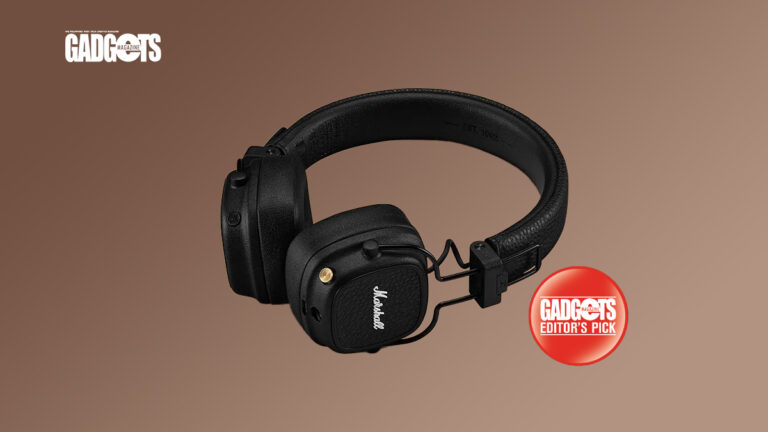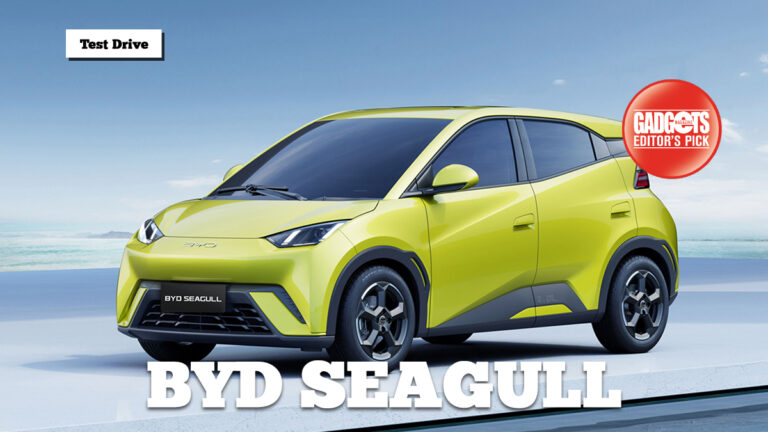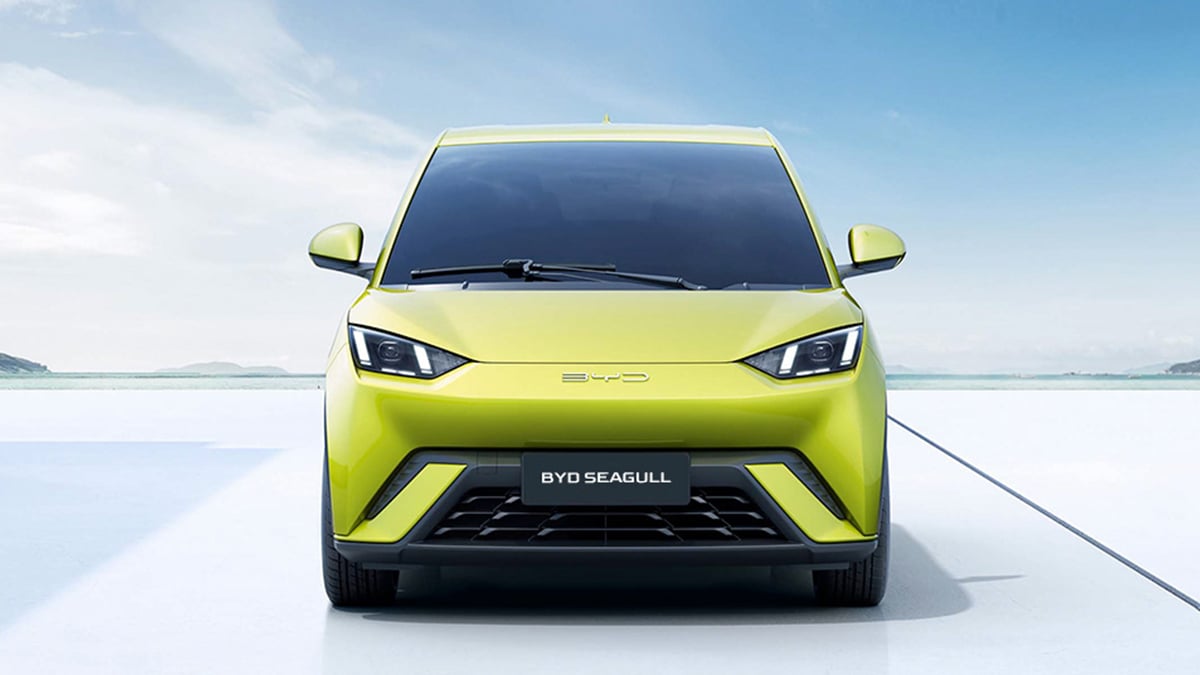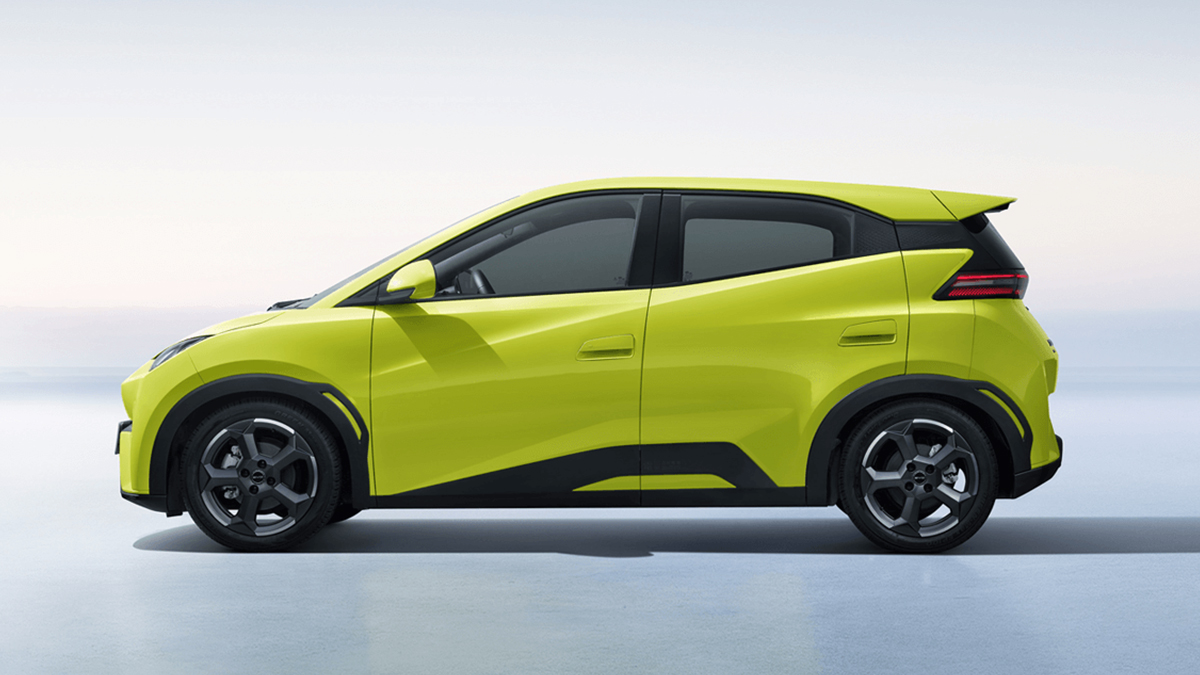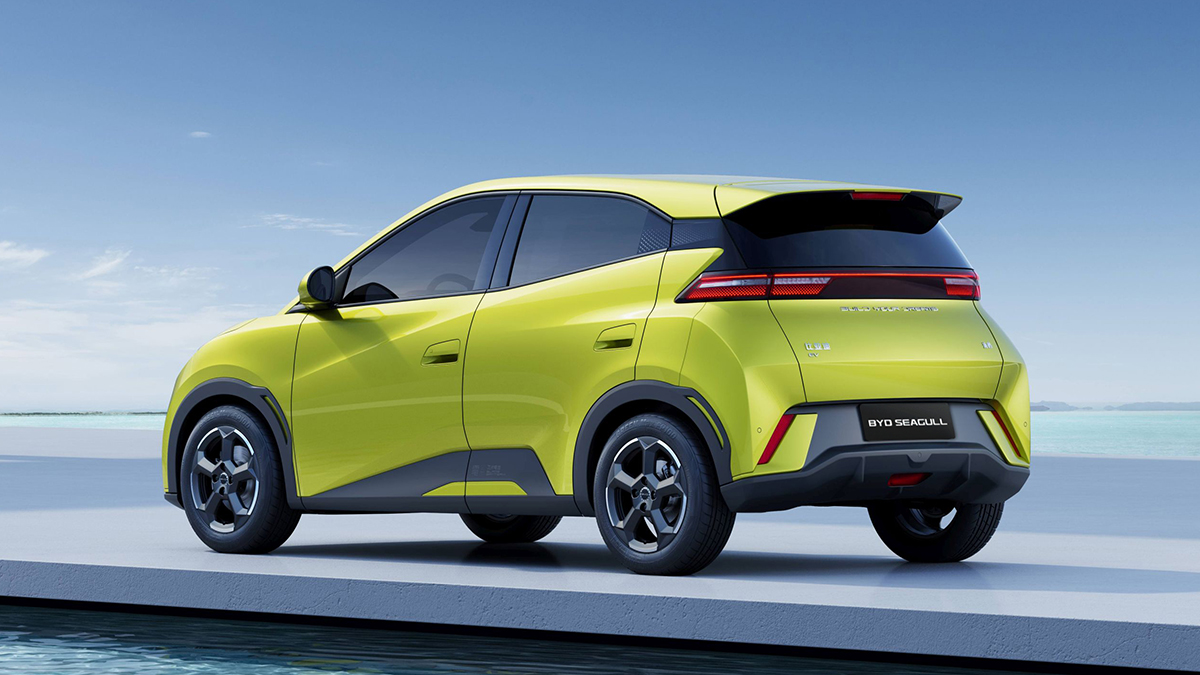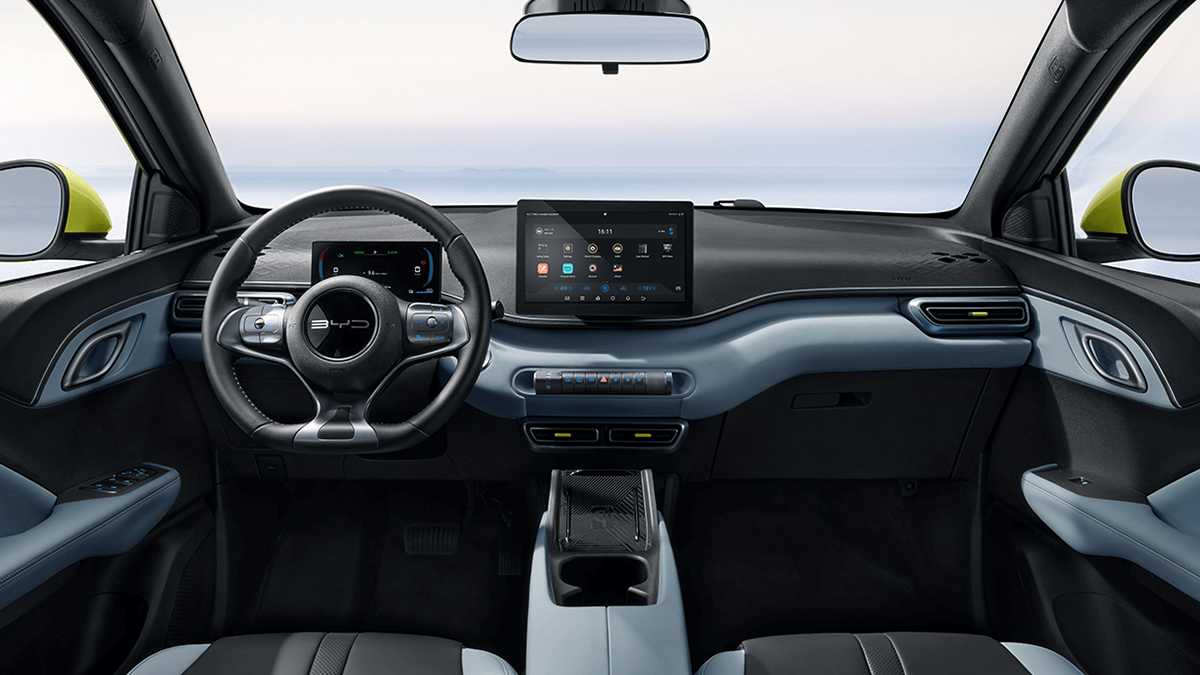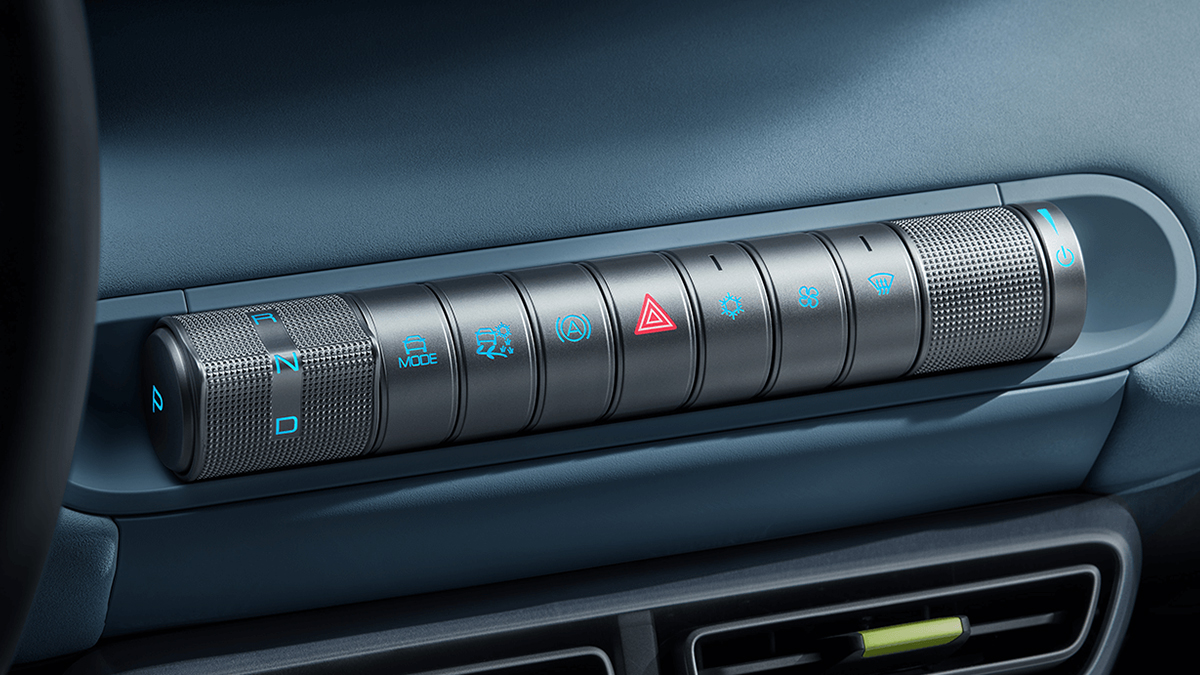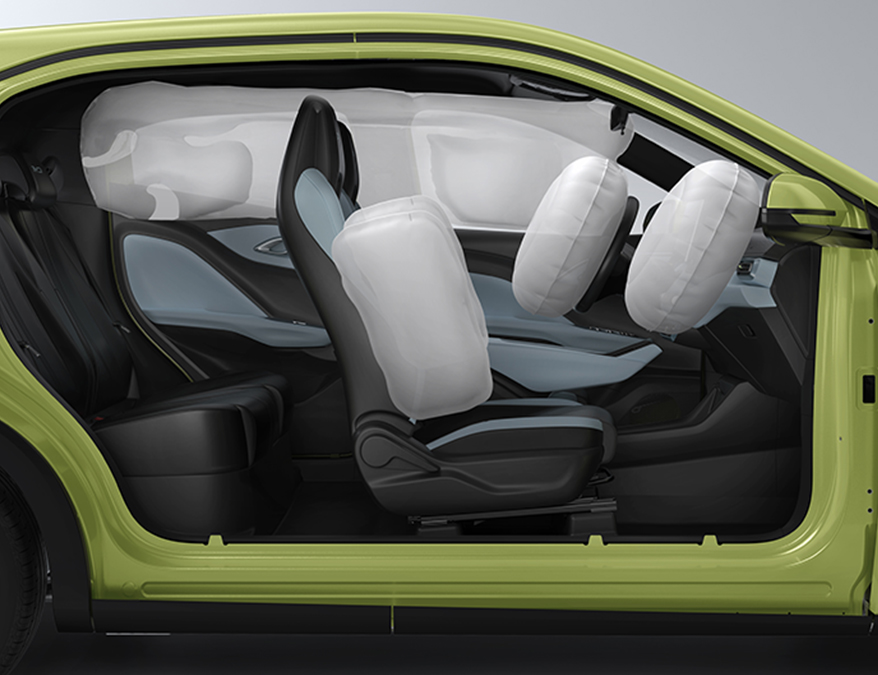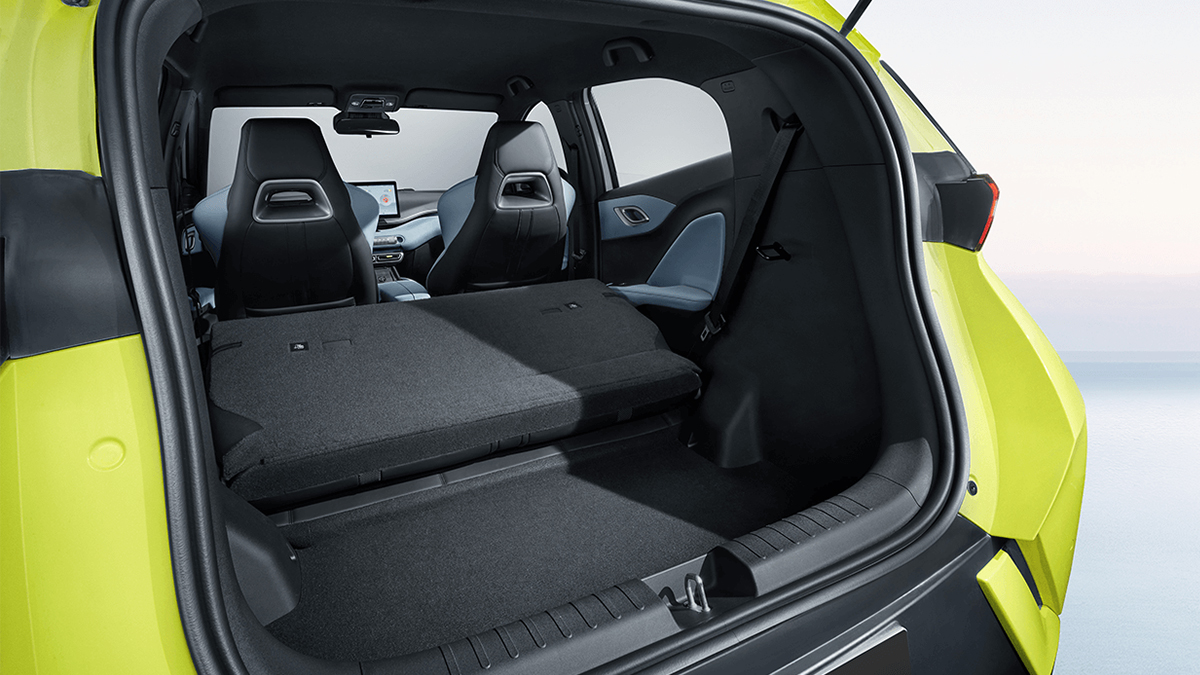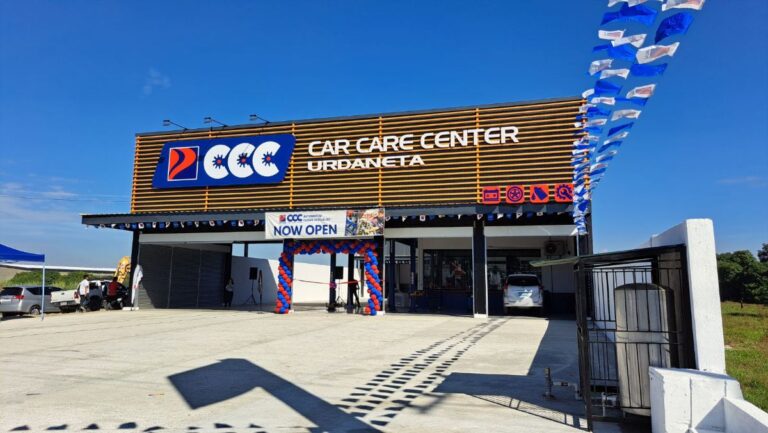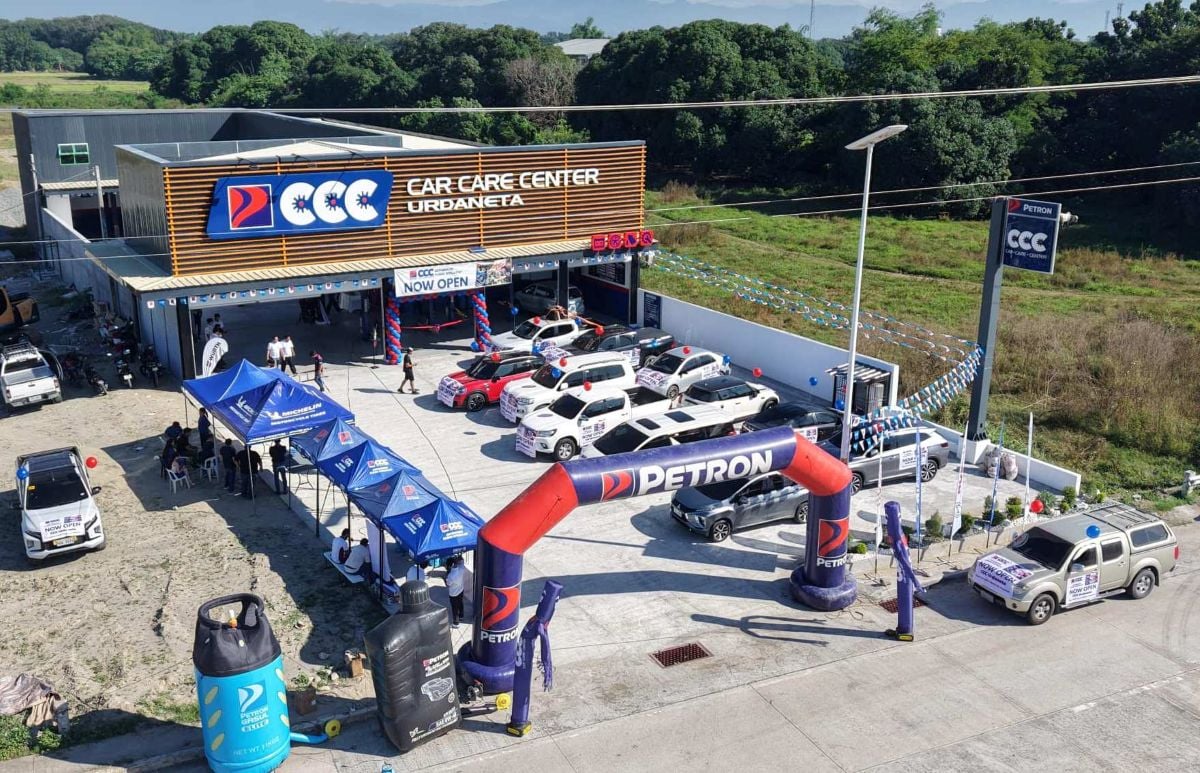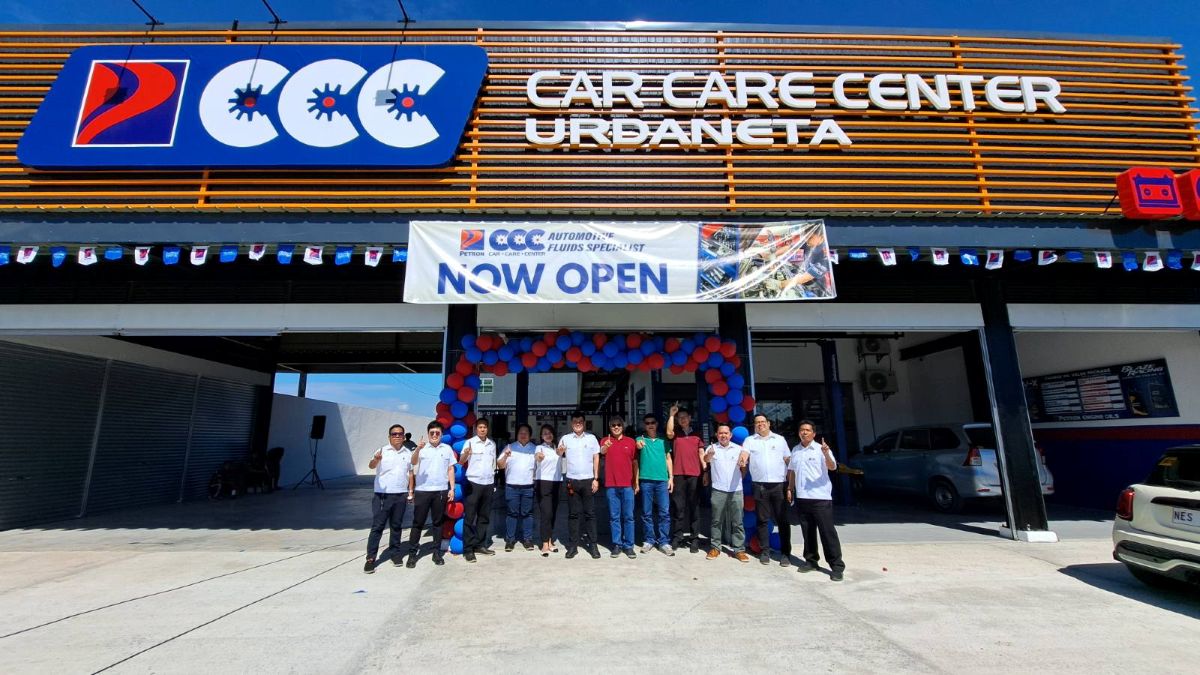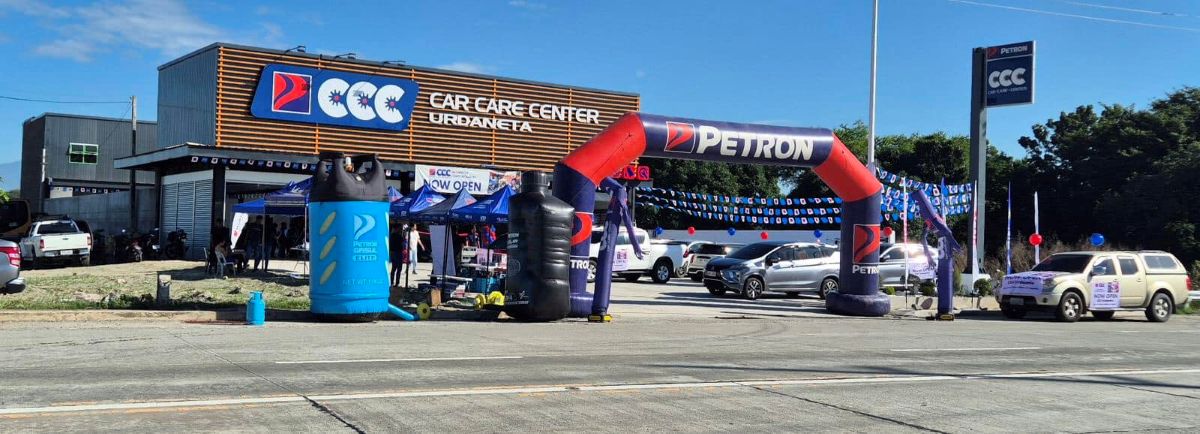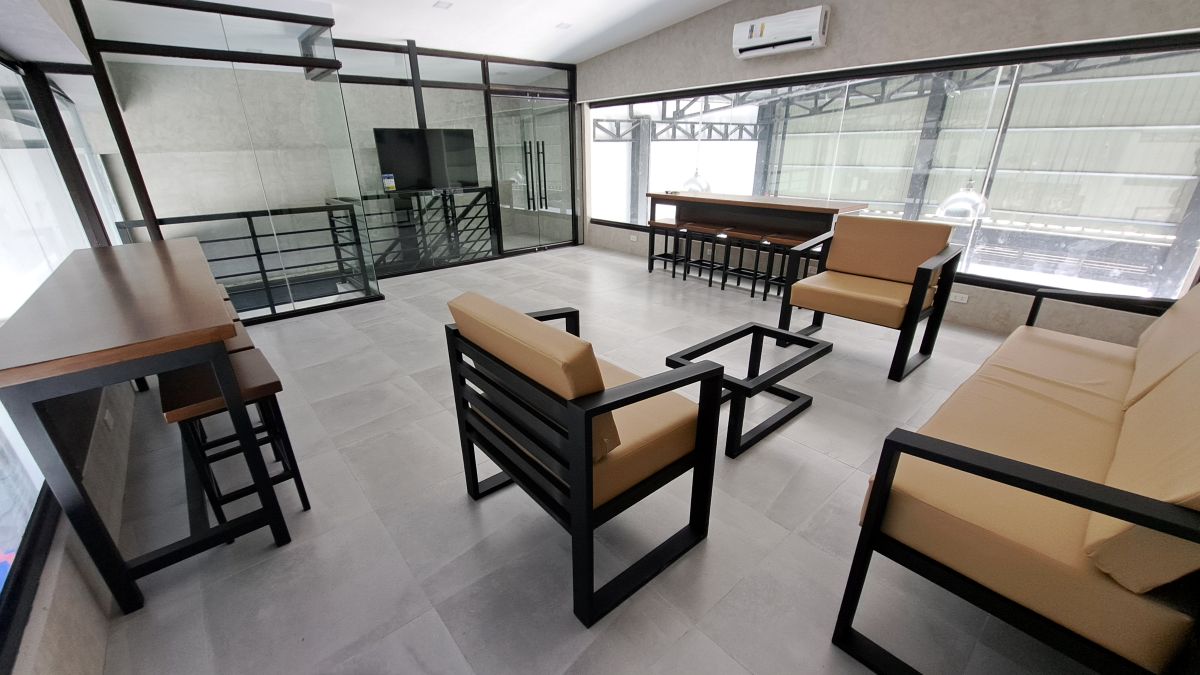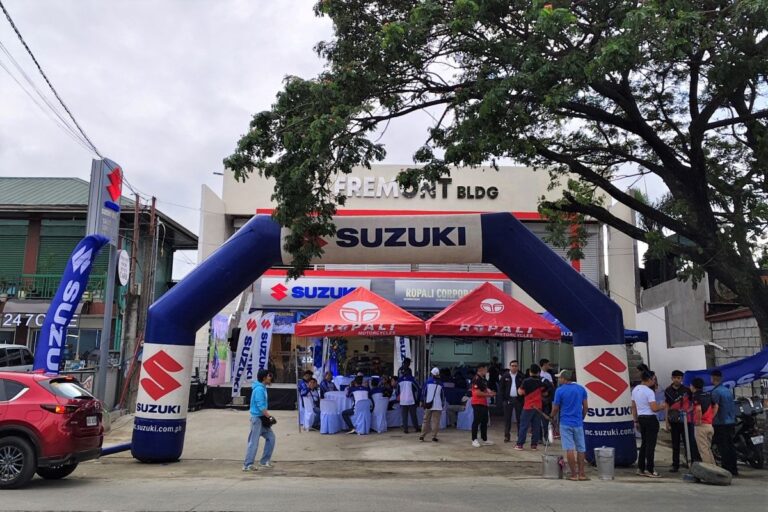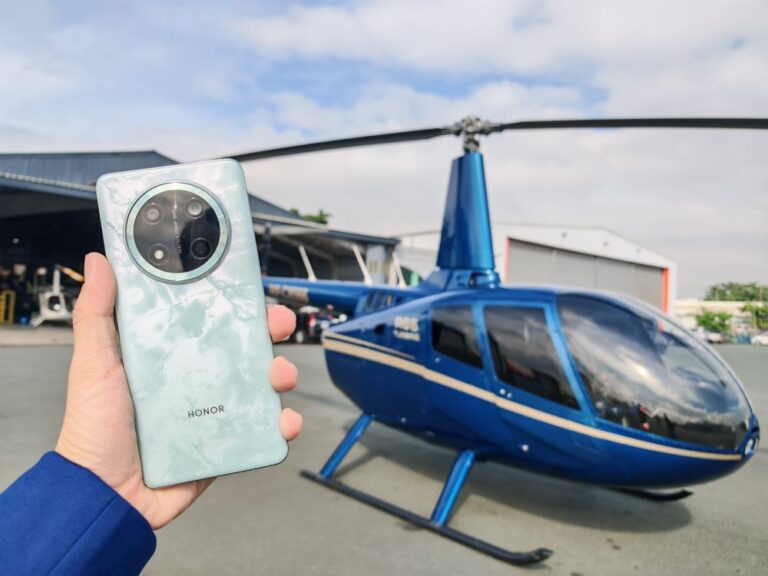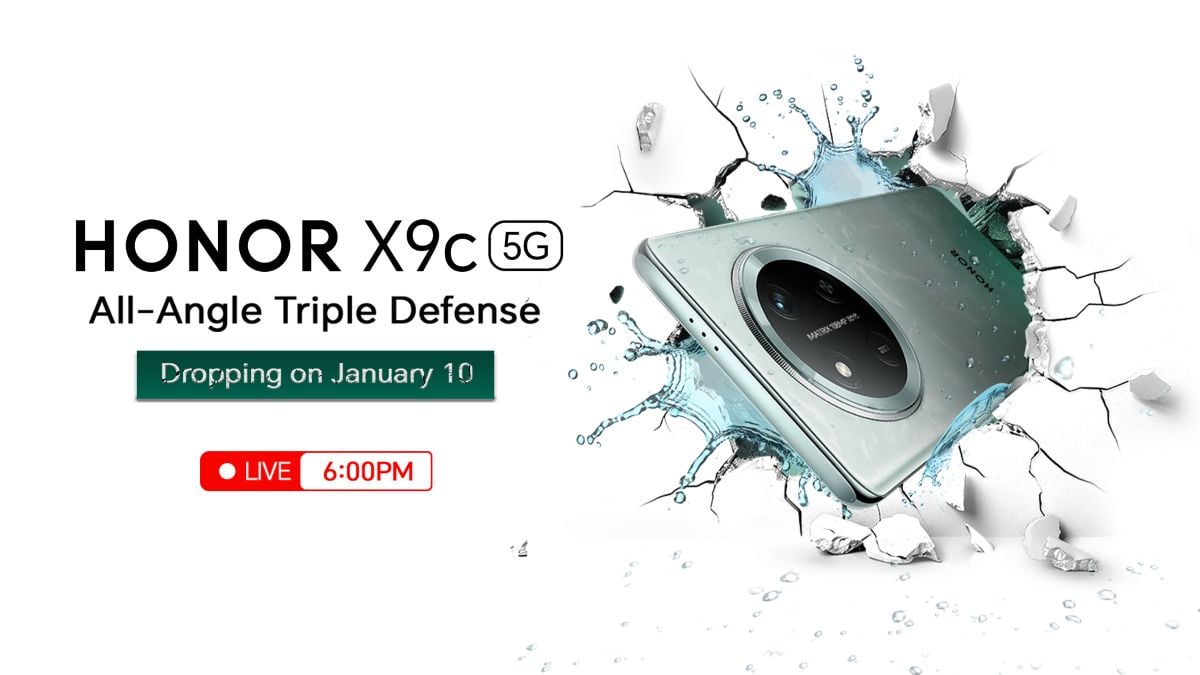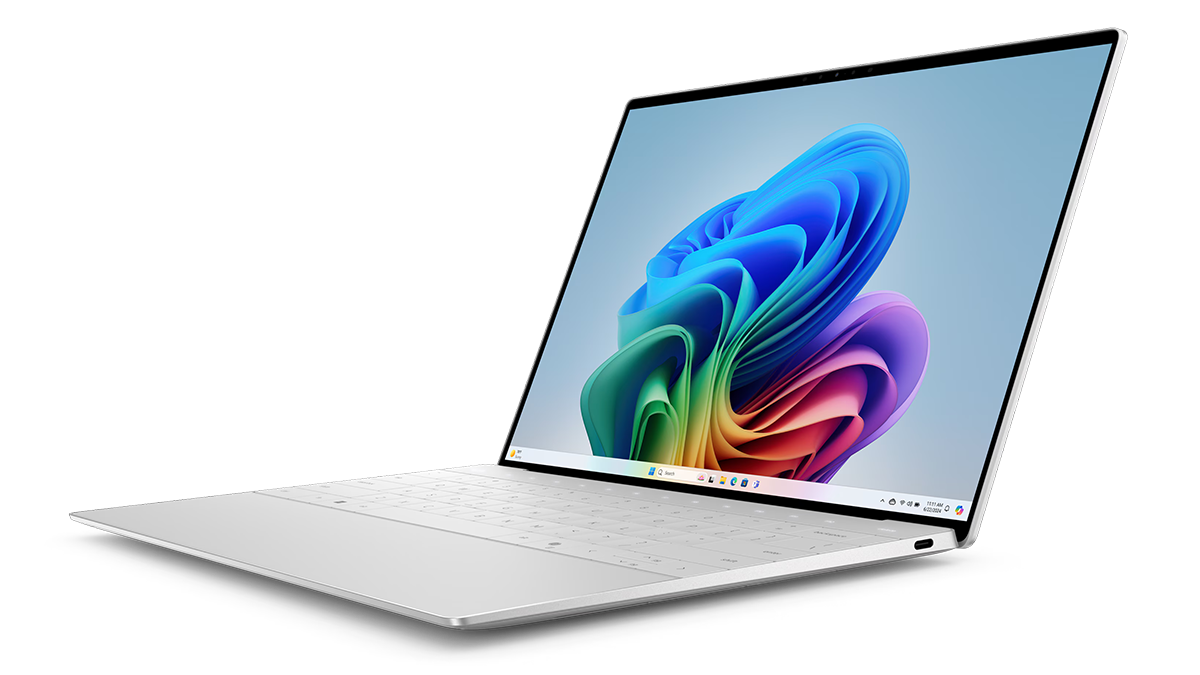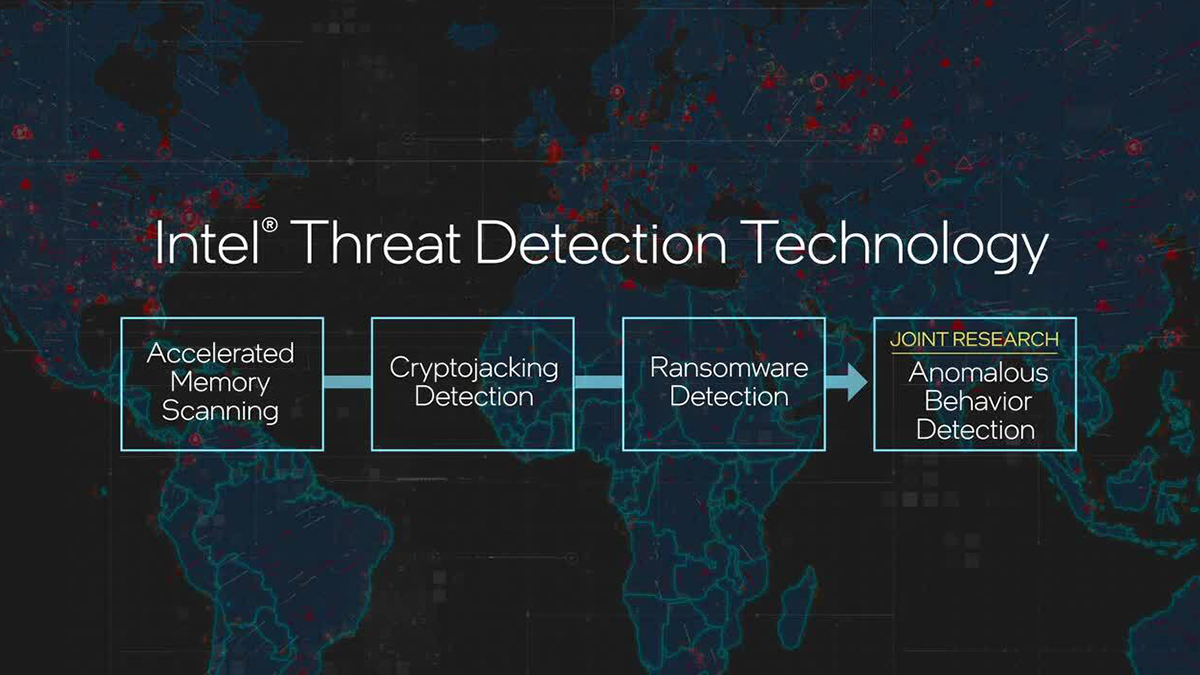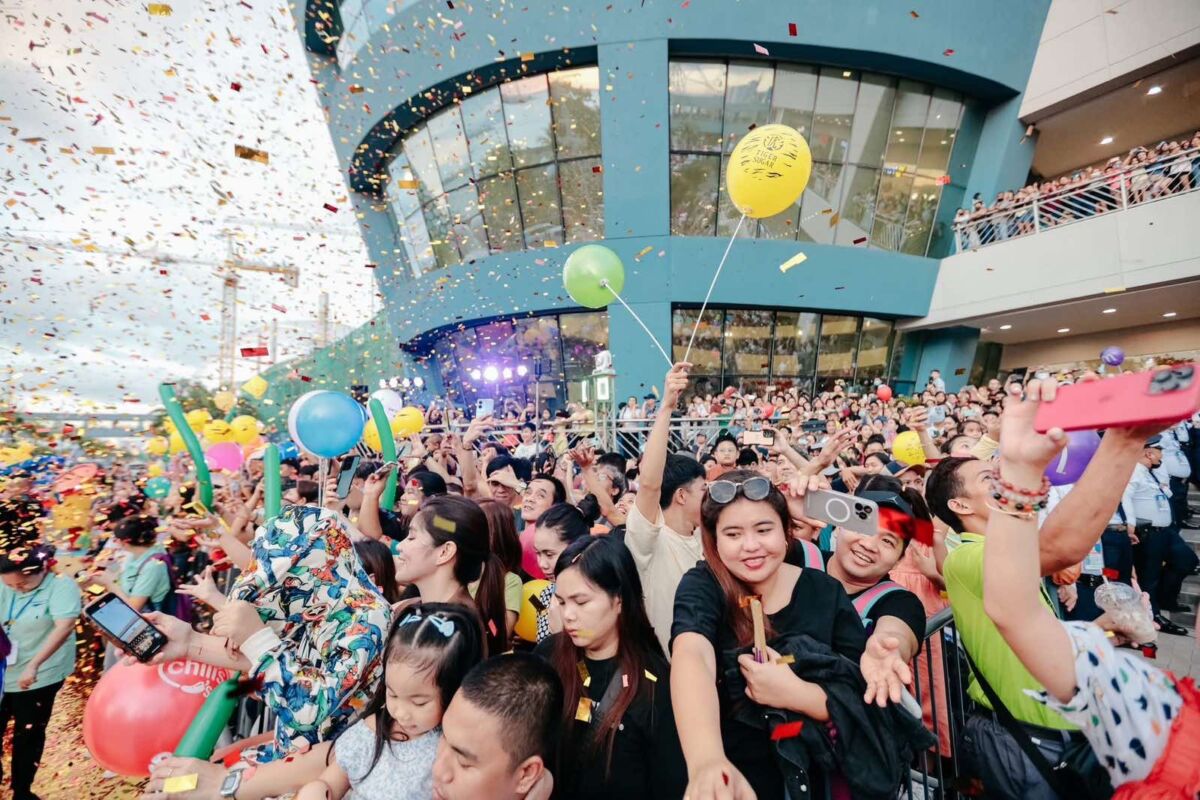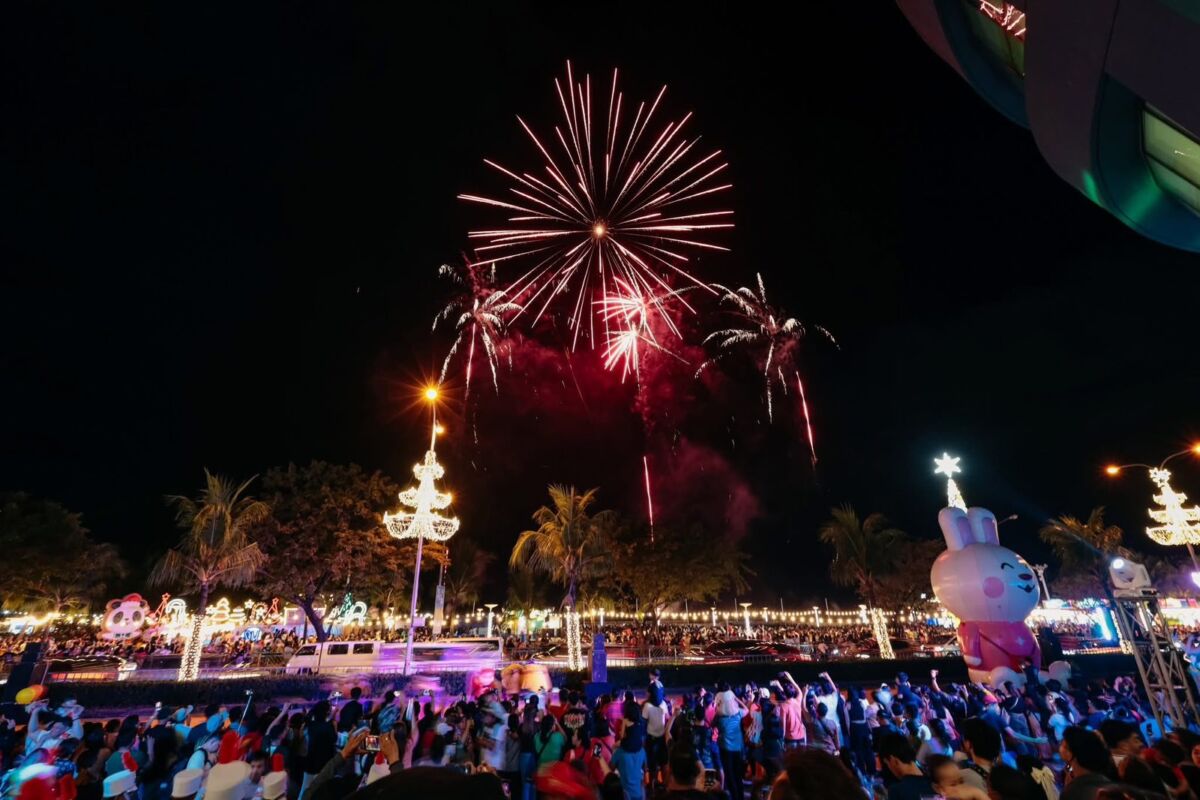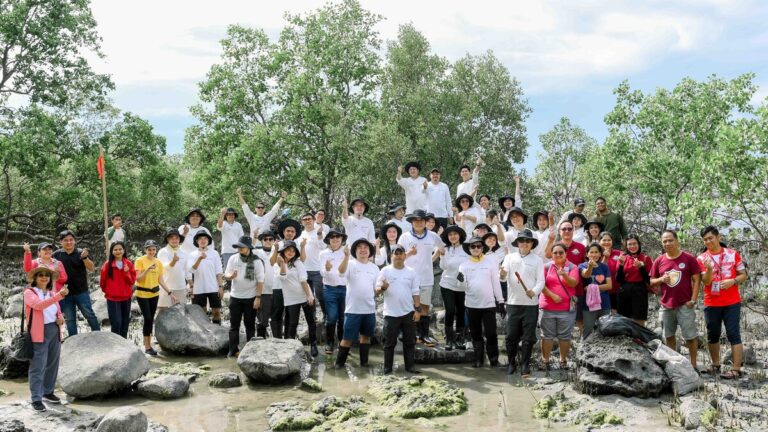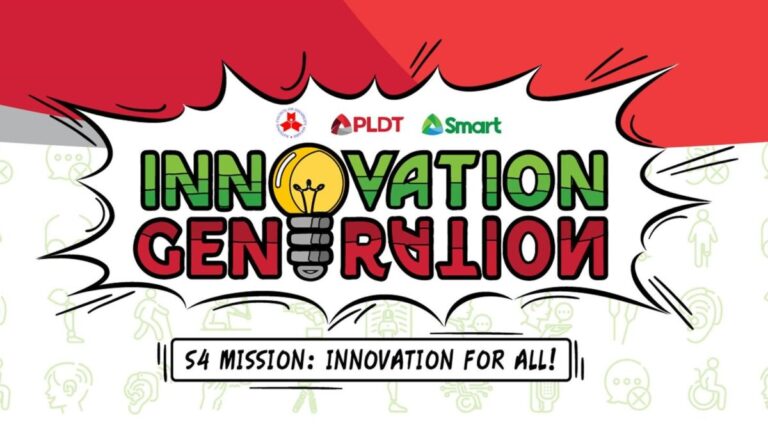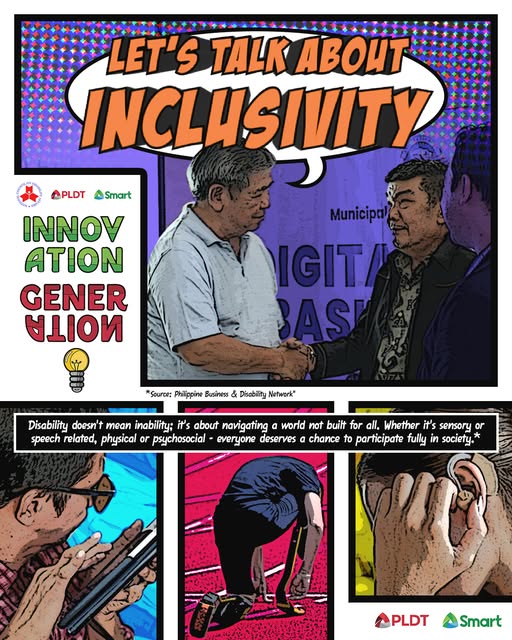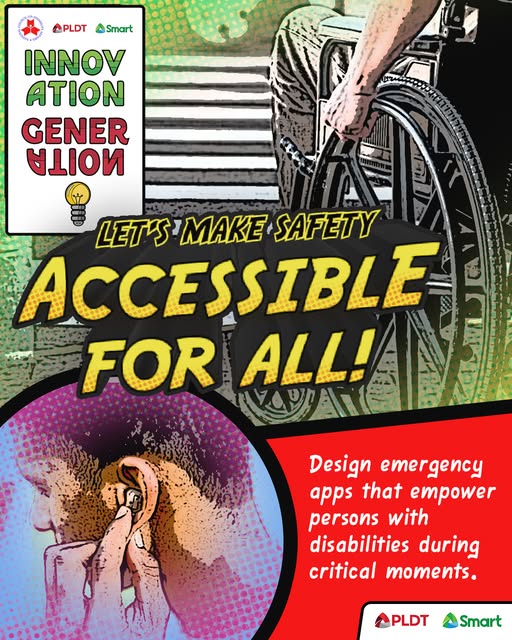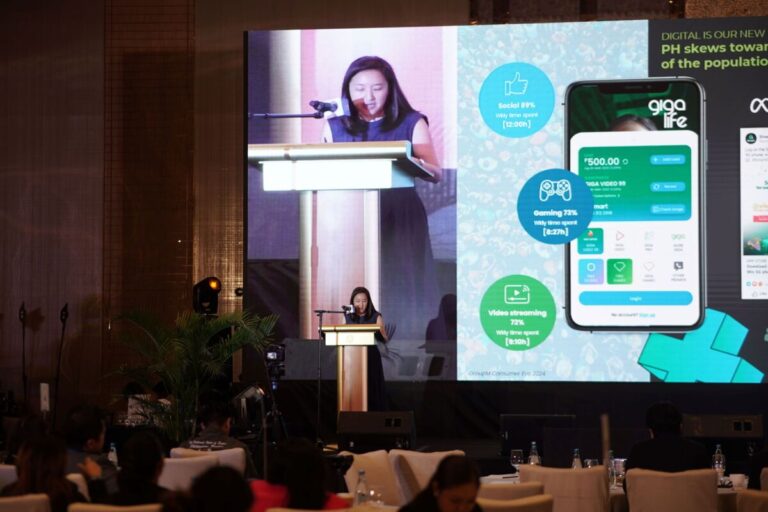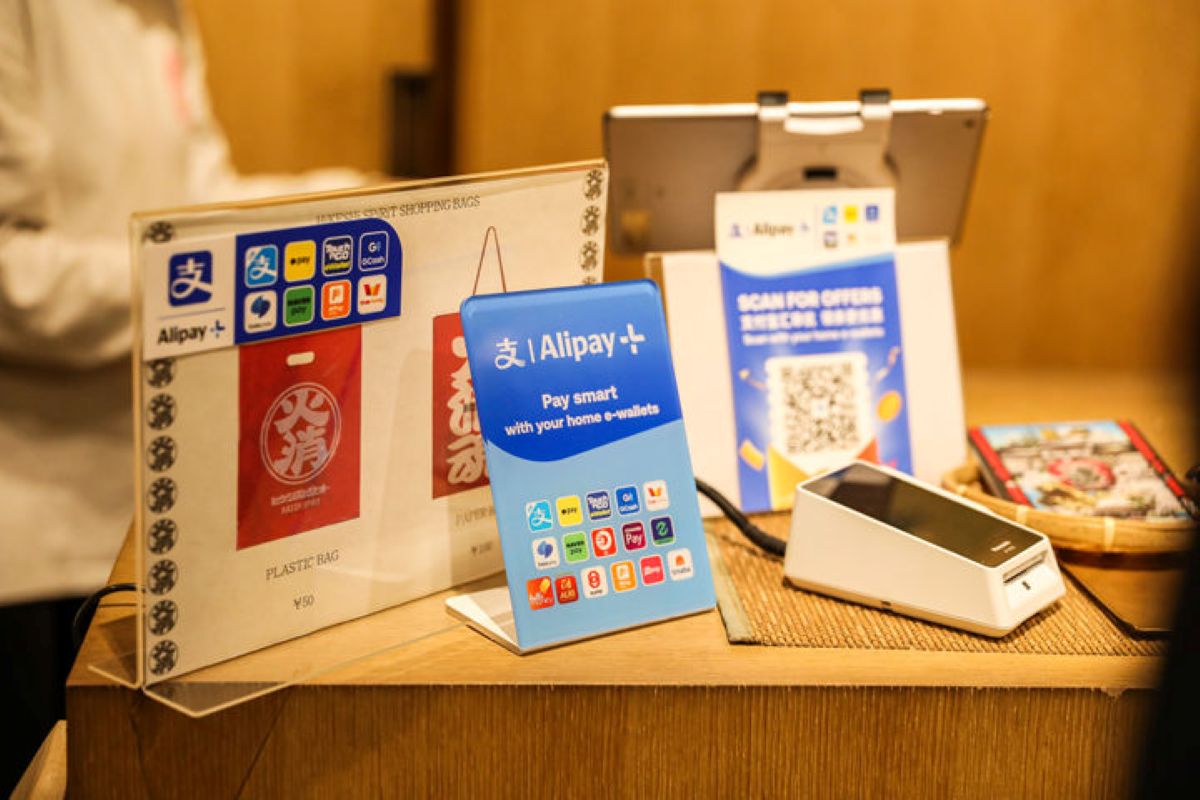Marshall’s reputation for delivering quality sound and timeless design continues with the Major V headphones. Combining retro aesthetics with modern features, the Major V caters to those who prioritize both performance and style. Here’s a detailed look at what these headphones bring to the table.
Design: 4.5/5
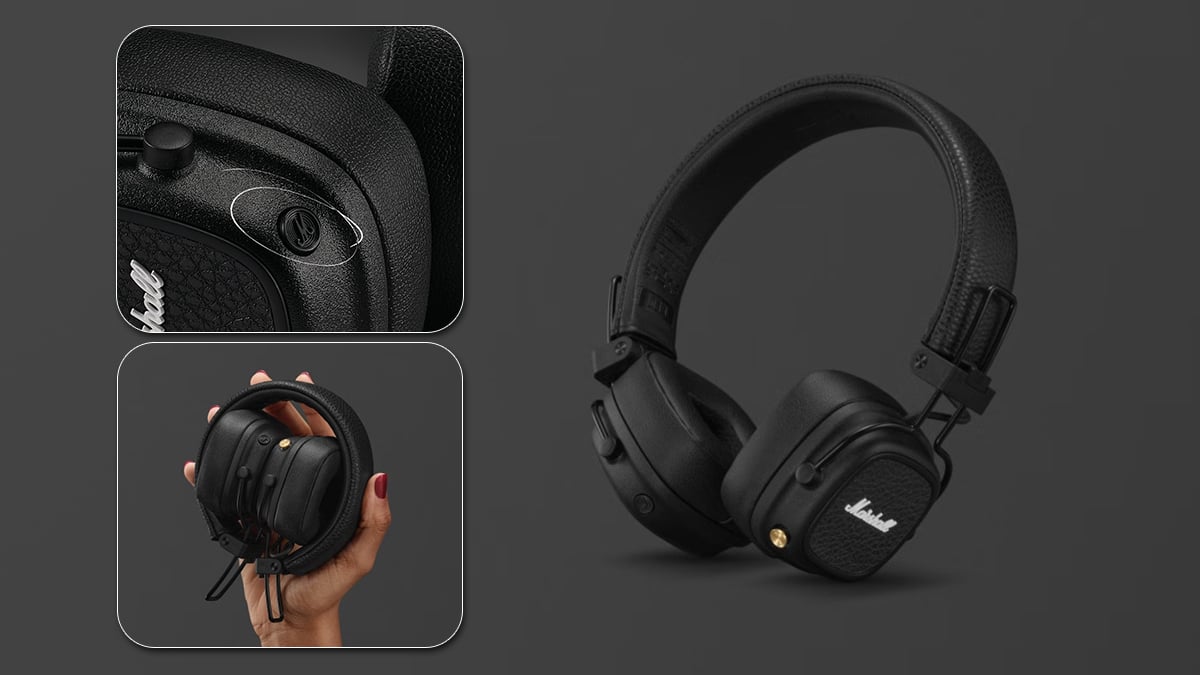
The Major V seamlessly blends Marshall’s signature vintage design with modern functionality. The textured black finish, embossed logo, and metal accents give the headphones a classic yet premium look. They are lightweight and foldable, making them easy to store and ideal for travel.
The left ear cup features a customizable “M” button, which can be configured via the Marshall app for specific functions, like switching EQ presets or activating voice assistants. On the right ear cup, the multi-directional control knob offers intuitive control for adjusting volume, skipping tracks, or managing calls. Also on the right ear cup is the 3.5mm audio jack, which allows for wired listening, and a USB-C port for quick and efficient charging.
Comfort is enhanced by soft ear cushions and adjustable hinges that accommodate a range of head sizes. However, the ear cups may feel a bit snug for during extended use.
Hardware: 4/5
The Major V is powered by 40mm custom-tuned drivers, offering a frequency response of 20Hz to 20kHz. These headphones deliver a sound profile that is bold and warm, with rich bass and balanced mids. High frequencies are slightly understated but can be fine-tuned using the Marshall app’s equalizer.
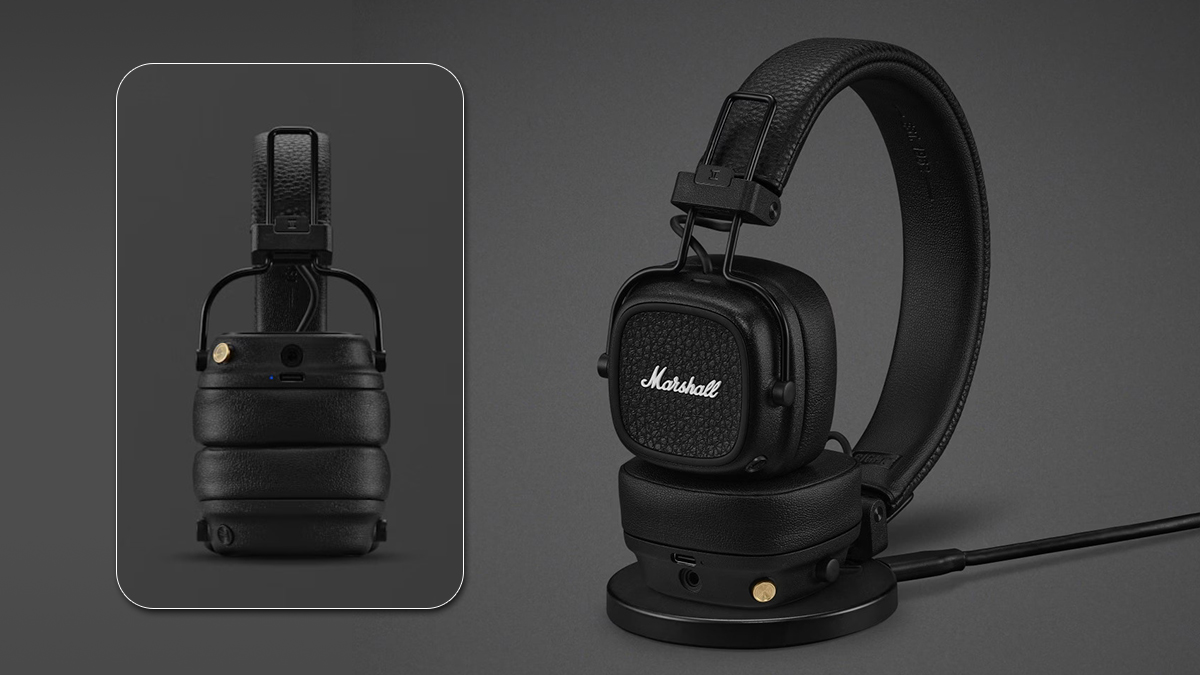
Battery performance is a major highlight, claiming over 100 hours of playback on a single charge. The headphones also support quick charging, delivering 15 hours of use from just 15 minutes of charging. For added convenience, wireless charging is supported, making it easier to keep the device powered up. Additionally the Battery Preservation feature on the Marshall app ensures optimal charging to prolong the battery lifespan.
While the Major V lacks active noise cancellation (ANC), it provides decent passive noise isolation.
User Experience: 4/5
Seamless pairing and multipoint Bluetooth connectivity. Setting up the headphones took only seconds, and switching between my laptop and smartphone while working was incredibly smooth. The ability to take calls on one device and resume playback on another without any manual intervention was a standout convenience.
The multi-directional knob is one of the most intuitive controls I’ve encountered. It made adjusting the volume, skipping tracks, and managing calls effortless, particularly in situations when handling my phone would have been inconvenient.
Sound quality is another highlight, though not without its quirks. The bold, dynamic profile of the Major V delivered an immersive experience across genres, especially for rock tracks and energetic playlists. However, I found the sound a bit too bass-heavy for my personal preference, as I tend to favor clearer tones that highlight intricate details in acoustic and orchestral tracks. Fortunately, the Marshall app’s equalizer allowed me to adjust the sound to better suit my taste, ensuring a more balanced listening experience.
Battery life lives up to the hype. During testing, I went nearly a week without needing a recharge, even with daily use. A quick 15-minute charge gives plenty of playback for the day ahead, reinforcing how convenient the Major V is for on-the-go lifestyles.
Value: 4.5/5
The Major V stands out for its combination of style, performance, and functionality. Its PHP8,690 SRP makes it competitive, and while the lack of ANC may deter some users, its exceptional battery life, robust sound quality, and classic design make it a strong contender for those who prioritize style and substance.
Specifications:
- Drivers: 40mm dynamic drivers
- Frequency response: 20Hz – 20kHz
- Bluetooth: 5.3, Multipoint
- Battery life: 100+hours of playtime
- Charging: USB-C, wireless charging
What’s Hot:
- Timeless design
- Outstanding battery life
- Customizable sound via app
- 3.5mm audio jack
What’s Not:
- No active noise cancellation
- No carrying case/pouch
Bottomline:
The Marshall Major V stands out as a blend of form and function, perfect for fans of the brand and anyone seeking a stylish, high-performing pair of wireless headphones. Its impressive battery life and sound quality make it a solid investment for everyday use.
Check out our GADGETSLAB review on the Marshall Minor IV here.
Reviewed by Maribelle Alba
Also published in GADGETS MAGAZINE Volume 25 No. 5 Issue
